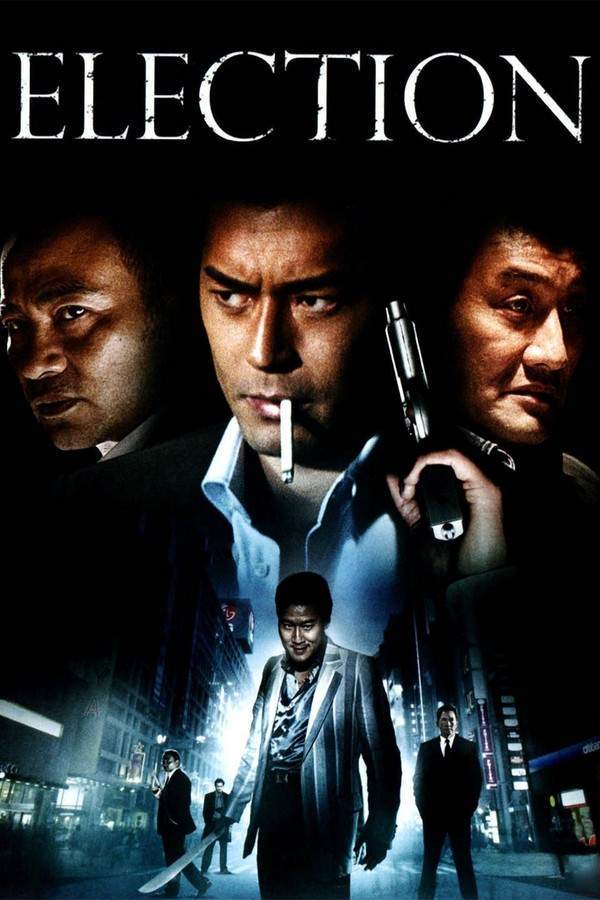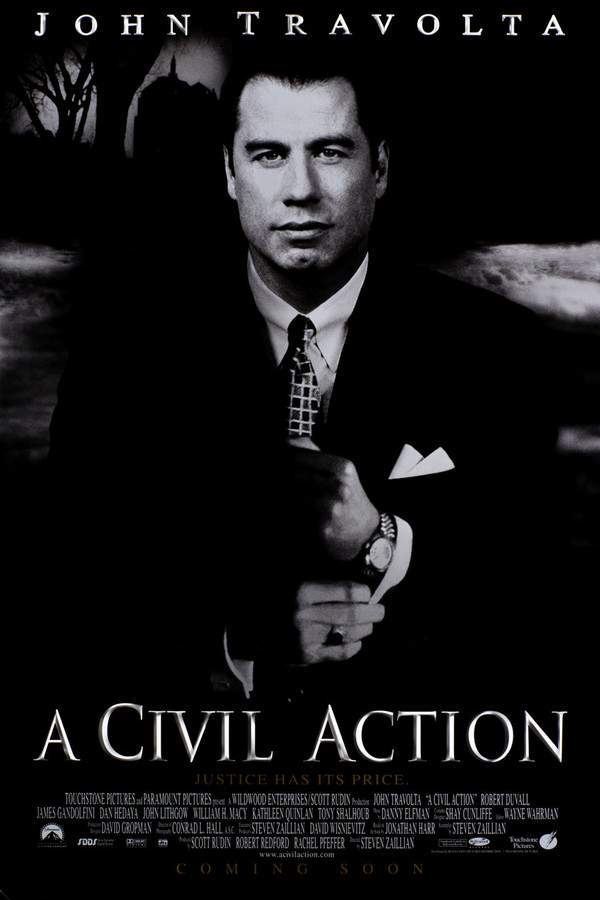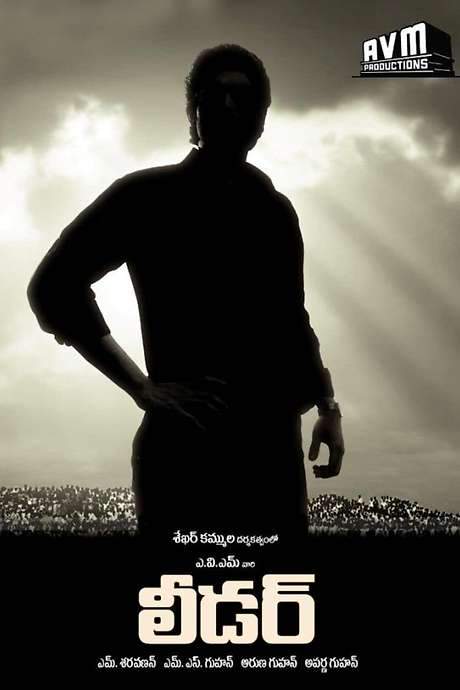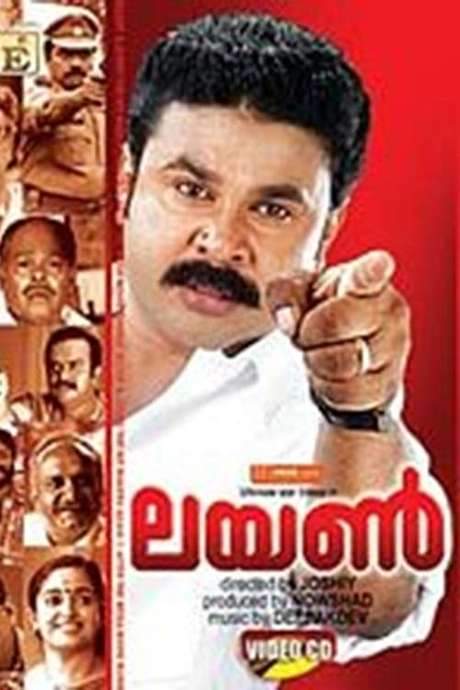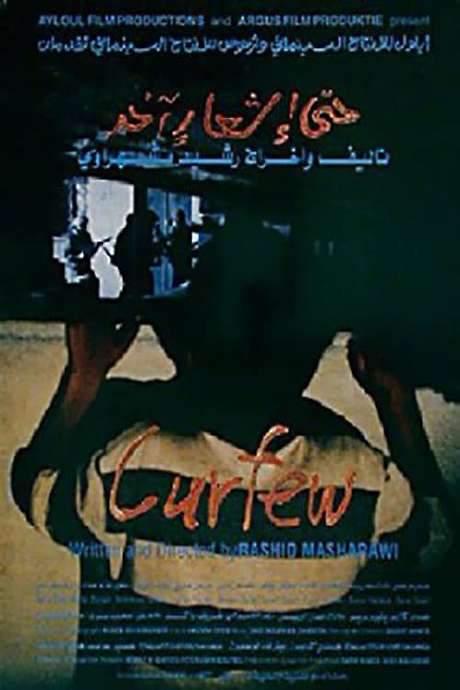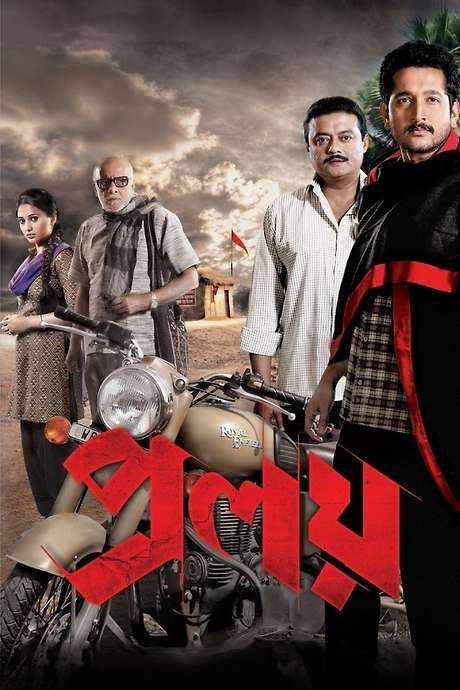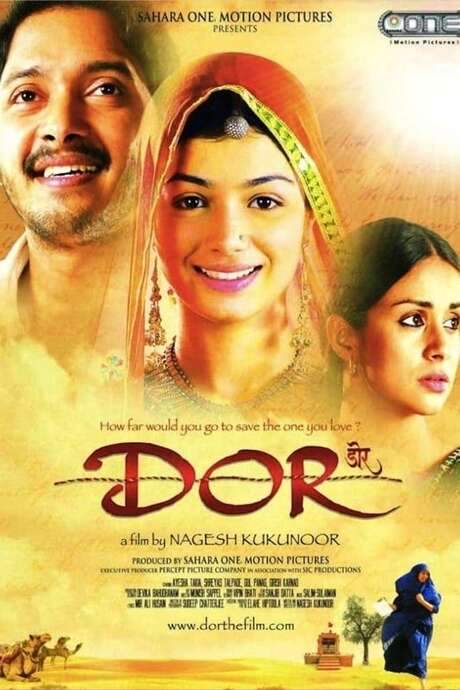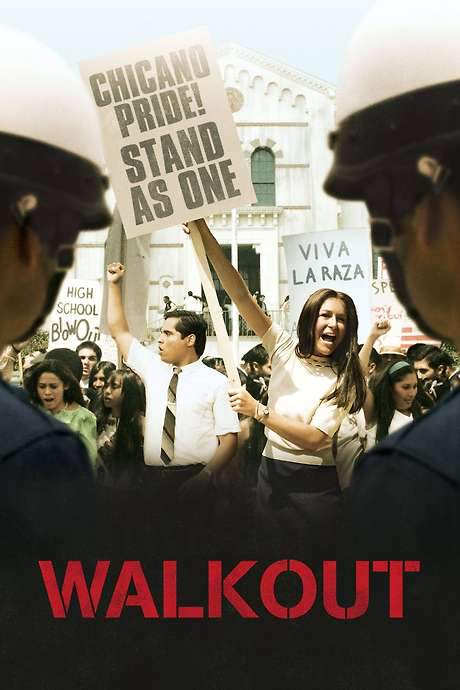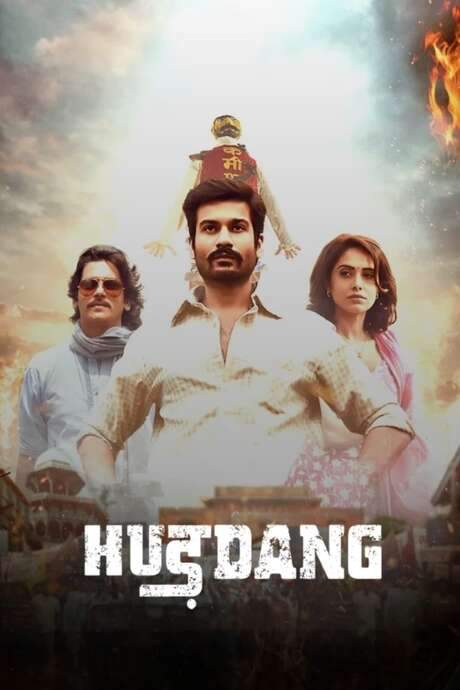
Satyagraha
Year: 2013
Runtime: 152 min
Language: Hindi
Director: Prakash Jha
A son's yearning for his father initiates a wave of emotional challenges. A grieving father's suffering intensifies his desperation, while a passionate young woman rediscovers her ability to love. Simultaneously, a leader's determination to enact change clashes with the ruthless goals of a powerful ruler, igniting widespread resistance and rebellion. The resulting conflict explores themes of loss, love, and the fight for justice.
Warning: spoilers below!
Haven’t seen Satyagraha yet? This summary contains major spoilers. Bookmark the page, watch the movie, and come back for the full breakdown. If you're ready, scroll on and relive the story!
Satyagraha (2013) – Full Plot Summary & Ending Explained
Read the complete plot breakdown of Satyagraha (2013), including all key story events, major twists, and the ending explained in detail. Discover what really happened—and what it all means.
Dwarka Anand is a retired teacher and former principal living in Ambikapur, where he embodies steadfast idealism. He shares a simple life with his engineer son, Akhilesh, and Akhilesh’s wife, Sumitra. The film sets its stage around Akhilesh’s friend, Manav, an ambitious capitalist who respects his friend deeply. Tragedy strikes when Akhilesh dies in a road accident that is revealed to have been orchestrated by Sangram Singh, the brother of the powerful minister Balram Singh. Unknown to the nation, Balram Singh is the architect behind Akhilesh’s murder, and the revelation sets off a chain of consequences that exposes a broader struggle against corruption and injustice.
Despite the grim truth, Balram Singh publicly offers compensation, a gesture that remains out of reach for Sumitra as she faces constant delays and bureaucratic hurdles in securing what is owed. The situation escalates when Dwarka Anand confronts the system so bluntly that he slaps the district magistrate (DM), an act that lands him in prison. The imprisonment becomes a rallying point for a larger movement: Manav leverages social media to mobilize support for Dwarka’s release, enlisting Arjun Singh and journalist Yasmin to amplify the cause. What begins as a personal grievance soon swells into a mass agitation, drawing hopeful students, hungry workers, and a growing middle class into a chorus demanding accountability and reform. The political class starts to feel the pressure as the online campaign gains momentum and visibility.
Dwarka’s release comes only after relentless pressure compels the DM to withdraw the complaint—pressure that comes from Balram Singh, whose grip over the system is challenged by popular demand for justice. Once freed, Dwarka does not retreat from the fight. He issues a stark ultimatum: a 30-day deadline for the government to clear all pending claims in the district. The campaign intensifies, and a hunger strike is declared to press for an ordinance that would reorganize the district’s governance to better serve the public. The movement is marked by a tragic turn when Lal Bahadur, a young supporter, takes his own life to signal his commitment to the cause. His cortege becomes a flashpoint, and four policemen are killed by a violent mob, triggering riots that push Balram Singh to unleash a paramilitary response.
The violence spirals, and in the midst of chaos, Dwarka is shot—killed in Manav’s arms as he pleads with the crowd to quell the violence and restore calm. The murder shocks the public and brings swift police action that leads to Balram Singh’s eventual arrest. In the aftermath, the motives behind the struggle crystallize: Manav and Arjun resolve to channel this crisis into a new regional political effort aimed at eradicating corruption and rebuilding the system with the welfare of ordinary people at the core. The narrative closes on a note of renewed civic purpose, underscoring a faith that organized, peaceful political action can transform a broken system, even as it bears the heavy costs borne by those who stand at the forefront of reform.
Last Updated: October 09, 2025 at 16:13
Explore Movie Threads
Discover curated groups of movies connected by mood, themes, and story style. Browse collections built around emotion, atmosphere, and narrative focus to easily find films that match what you feel like watching right now.
Movies about civic anger sparked by personal grief like Satyagraha
A personal tragedy ignites a crusade against systemic corruption and injustice.If you were moved by how Satyagraha connects a father's grief to a national protest, you'll find similar powerful dramas here. These movies feature protagonists whose personal tragedies compel them to challenge corrupt institutions, blending heavy emotional journeys with urgent political stakes.
Narrative Summary
Stories typically begin with a profound personal loss that exposes a wider societal flaw. The protagonist's journey of grief transforms into a determined quest for accountability, often pitting them against a seemingly unbeatable establishment. The plot follows the escalation from private sorrow to public confrontation, exploring the heavy costs of activism.
Why These Movies?
They are grouped by their powerful fusion of intimate emotional weight—specifically grief and loss—with high-stakes political conflict. The shared experience is one of righteous anger, where a character's personal vendetta evolves into a principled stand for justice, creating a tense, morally charged atmosphere.
Bittersweet protest movement dramas with costly victories like Satyagraha
Stories where the fight for justice is noble, but the final victory comes at a great personal cost.For viewers who appreciated the complex, bittersweet ending of Satyagraha, this list features similar movies about social justice. These films focus on nonviolent resistance and political change, but emphasize the heavy personal toll and tragic sacrifices that make the victory feel poignant and incomplete.
Narrative Summary
The narrative follows the rise of a mass movement challenging an oppressive power. The focus is on the strategic and moral dimensions of the struggle, often highlighting nonviolent resistance. The climax typically involves a major sacrifice—such as the death of a key figure—that galvanizes the movement but renders the ultimate success deeply sorrowful.
Why These Movies?
They share a specific emotional arc: a determined, hopeful fight for a righteous cause that concludes not with pure triumph, but with a somber, bittersweet resolution. The central theme is the price of change, creating a unified vibe of solemn hope and the weight of sacrifice.
Unlock the Full Story of Satyagraha
Don't stop at just watching — explore Satyagraha in full detail. From the complete plot summary and scene-by-scene timeline to character breakdowns, thematic analysis, and a deep dive into the ending — every page helps you truly understand what Satyagraha is all about. Plus, discover what's next after the movie.
Satyagraha Timeline
Track the full timeline of Satyagraha with every major event arranged chronologically. Perfect for decoding non-linear storytelling, flashbacks, or parallel narratives with a clear scene-by-scene breakdown.

Characters, Settings & Themes in Satyagraha
Discover the characters, locations, and core themes that shape Satyagraha. Get insights into symbolic elements, setting significance, and deeper narrative meaning — ideal for thematic analysis and movie breakdowns.

Satyagraha Spoiler-Free Summary
Get a quick, spoiler-free overview of Satyagraha that covers the main plot points and key details without revealing any major twists or spoilers. Perfect for those who want to know what to expect before diving in.

More About Satyagraha
Visit What's After the Movie to explore more about Satyagraha: box office results, cast and crew info, production details, post-credit scenes, and external links — all in one place for movie fans and researchers.


